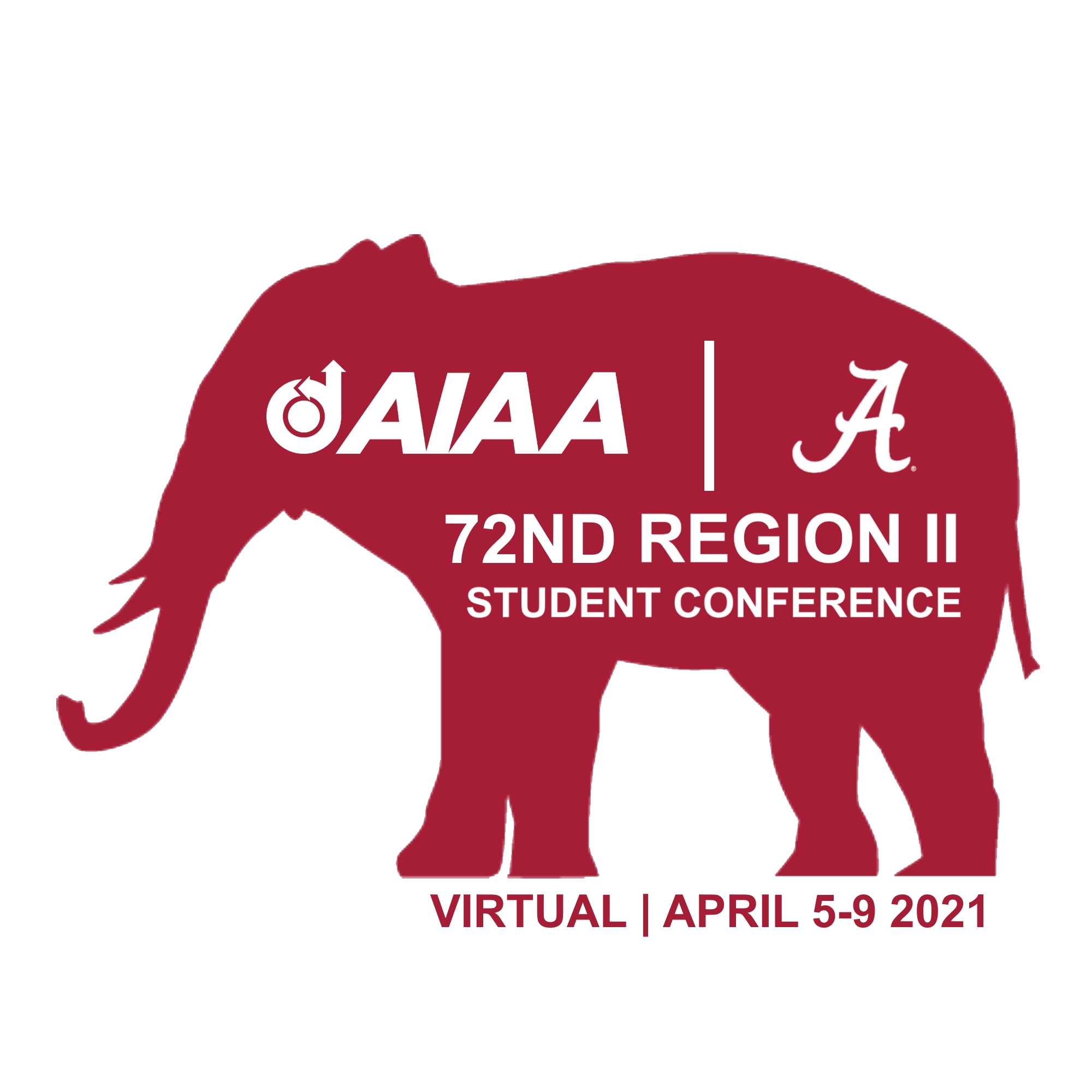Document Type
Paper
Abstract
The slotted, natural-laminar-flow (SNLF) airfoil is a revolutionary technology projected to contribute to a 70% decrease in fuel and energy consumption. The SNLF is designed to allow favorable pressure gradients to extend further aft, which increases the extent of laminar flow it can achieve to about 90% of the entire airfoil. These high amounts of laminar flow decrease streamwise instabilities, which in turn reduces the wing profile drag of the airplane wing. In addition, the SNLF airfoil also exhibits the dumping-velocity effect and achieves an off-surface pressure recovery, both of which are highly critical for achieving large extents of laminar flow and are major limitations of single-element airfoils. Therefore, the SNLF is unique in its design and is considered a novel concept that could lead to more fuel-efficient aircrafts. To further optimize the SNLF airfoil and prepare the concept for incorporation with a commercial vehicle, the National Aeronautics and Space Administration (NASA) University Leadership Initiative (ULI) funded the Advanced Aerodynamic Design Center for Ultra-Efficient Commercial Vehicles at the University of Tennessee Knoxville (UTK). The central goal of this ULI team is to combine the S207, SNLF airfoil with advanced methods and technologies to create a more aerodynamically efficient aircraft wing.
Slotted, Natural-Laminar-Flow Airfoil: A Revolutionary Technology for Fuel Efficiency
The slotted, natural-laminar-flow (SNLF) airfoil is a revolutionary technology projected to contribute to a 70% decrease in fuel and energy consumption. The SNLF is designed to allow favorable pressure gradients to extend further aft, which increases the extent of laminar flow it can achieve to about 90% of the entire airfoil. These high amounts of laminar flow decrease streamwise instabilities, which in turn reduces the wing profile drag of the airplane wing. In addition, the SNLF airfoil also exhibits the dumping-velocity effect and achieves an off-surface pressure recovery, both of which are highly critical for achieving large extents of laminar flow and are major limitations of single-element airfoils. Therefore, the SNLF is unique in its design and is considered a novel concept that could lead to more fuel-efficient aircrafts. To further optimize the SNLF airfoil and prepare the concept for incorporation with a commercial vehicle, the National Aeronautics and Space Administration (NASA) University Leadership Initiative (ULI) funded the Advanced Aerodynamic Design Center for Ultra-Efficient Commercial Vehicles at the University of Tennessee Knoxville (UTK). The central goal of this ULI team is to combine the S207, SNLF airfoil with advanced methods and technologies to create a more aerodynamically efficient aircraft wing.


